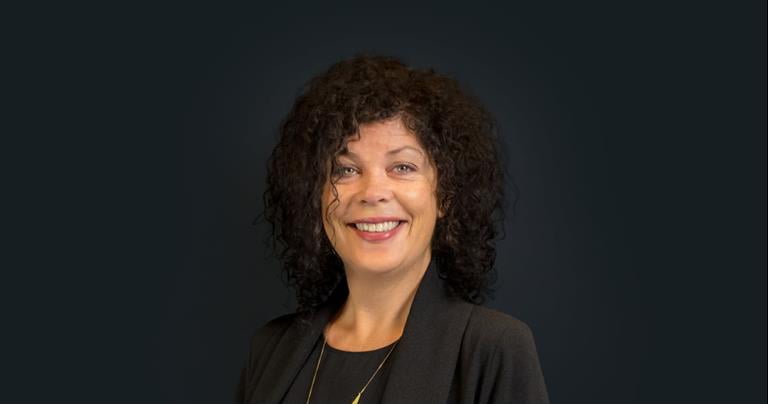Empathetic research: Giving voice to your organization
Empathetic research is at the heart of this work, and as my colleague Steven says, empathetic research isn’t magic. In empathetic research, we rely on real life, seeking to understand what employees are facing, thinking, feeling, and questioning as they make their way through their days. We start with the design of a research plan that tackles specific questions while leaving room for exploration. For example, one of our clients wanted to know what communication looked and felt like to employees around the globe and how it could be improved. Another client needed to know where gaps between behaviour and values were threatening the organization’s growth.What makes this research different from any other kind is that while carrying it out we give voice to employees at all levels and roles in the organization to understand the connections between people, culture, process, and technology. We interact with dozens, often hundreds, of people inside the organization to hear their stories. We might use empathy maps to help participants label their motivations and contexts, or we might facilitate exercises that help to expose the moments that matter most to them: their highest highs and their lowest lows. Sharing these often deeply personal and emotional stories connects us to the real employee experience, and then together we imagine how a future experience can be different. For example, can awesome moments reveal where we can turn up the dial on mentoring to get the most out of our future leaders? Or have we identified times and places for better dialogue with front-line staff about the gap between management expectations and their day-to-day challenges?
The impact of co-creating change
In this work, every contact we have with employees is a meaningful touchpoint in the process of getting to where an organization wants to go. Because by putting people at the centre of conversations and having empathy for their experiences, our process is fundamentally different from other change processes and methodologies. From beginning to end, people are heard. They aren’t just told about change. Change is something they’ve co-created. There is a huge difference between those two things. In the first case, change is something people have to cope with. In the second, it’s something they’ve been ambassadors for.Conducting empathetic research in large (or global) organizations
Here’s where digging into research gets really interesting: when we deal with large enterprise, we need to untangle a lot of complexity to scale our plan across the globe, considering multiple cultures and languages. This is always super challenging (and fun!), and because we co-create the research plan with our clients, the result is somewhat different for each of them.
That said, there are common elements for a robust employee experience research engagement, where we need to:
- Identify the right methods to create a safe place for employees to share their highs and lows.
- Balance our reach and figure out the right number of employee stories to feel like we’ve adequately captured the employee experience.
- Determine the best fit between in-person and remote sessions.
- Sort out how we will deal with multi-lingual facilitation.
- Confirm whether our core team will conduct the primary research or if we will engage and train on-site, local employees as facilitators as extensions of our team.
- Identify how we will turn stories into data (if there is magic in the process, it’s this!).
Together, we create a plan that fits our client’s culture and aims to surface the stories that will make a difference in helping others understand their world.
With some clients, we can speak with nearly everyone in the organization. With others (who have operations around the globe), we can’t, but we’ve developed a variety of methods to scale the outreach and capture important, representative feedback. These methods range from our team delivering the project to co-delivery with our client teams to supporting in-house teams with in-house-led delivery. Of all of them, one of the most rewarding is when we coach in-house facilitators on how to lead empathetic-research workshops. We train facilitators on how to capture the most important data, helping organizations build their own muscle around this approach, which we truly believe is the future.
That future starts to happen after employees’s lived experiences are understood and we arrive at this crucial question: how do we make this data (often massive amounts of it) actionable? This is where art meets science, and we move from patterns and trends to a concrete action plan. And I say “action plan” not “conceptual plan” or “strategic plan” because the crux of the matter is exactly this: it’s not about ending the project with tentative findings or eventual possibilities.
It’s about bringing your employees’ clear, assertive voices to the table and creating a reasonable, practical, and measurable roadmap that can be put into action immediately. When I say practical, I don’t mean that it can’t be exciting. It’s just that too often “roadmaps” are abstract frameworks that don’t adequately consider what it will take to move forward. In enterprise organizations (frankly, in *all* organizations), operationalizing changes to the employee experience is what really makes the research and insights come alive.
We’ve seen time and time again that turning up the dial on empathy in the way I’ve just described changes the employer-employee contract in a profound way. By delving into the highs and lows of today’s experiences, organizations begin to learn how to reduce the lows, increase the highs, share them and scale them. And that’s really what it’s all about: understanding real life so that we can make real life better. The method may not be magical, but the outcome kind of is.




.jpeg?bc=white&la=en&mw=416&modified=20251202191043&hash=E64AA9DFFAE8D1AC27890831F714D5B0FA2FEBB2)

